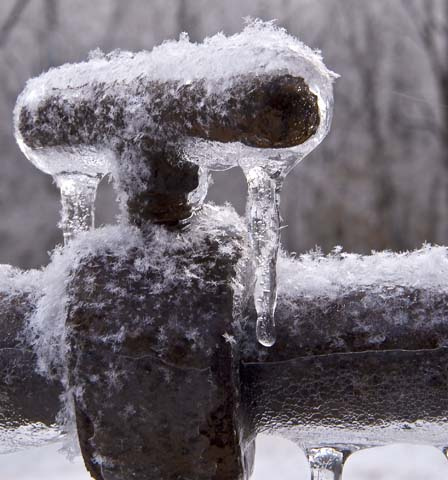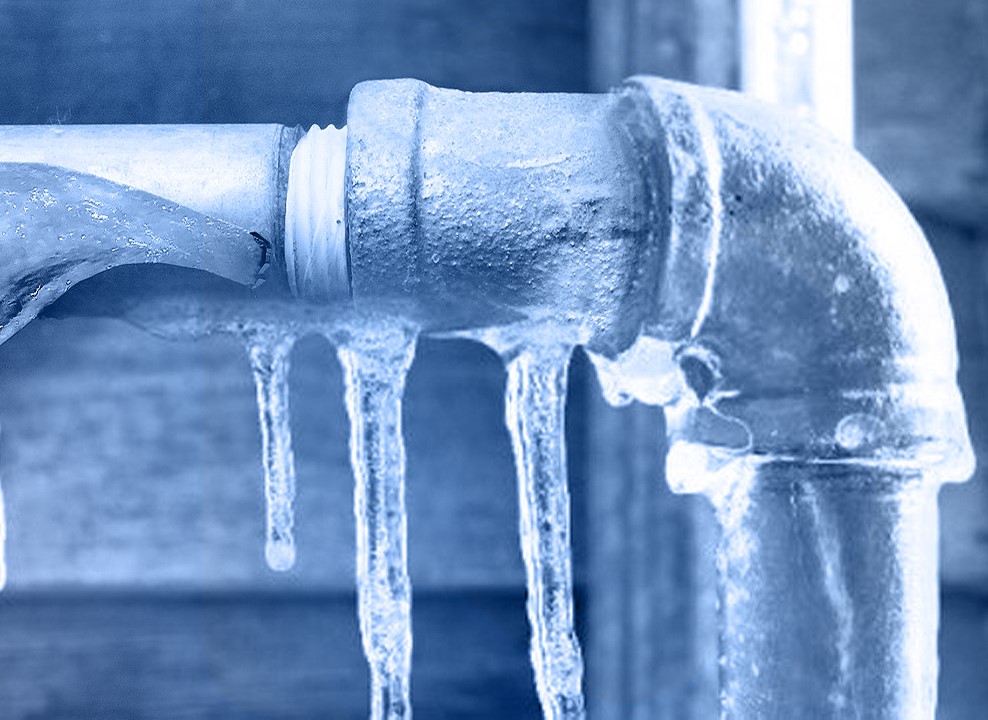Shielding Your Pipes from Freezing Issues: Critical Strategies
Shielding Your Pipes from Freezing Issues: Critical Strategies
Blog Article
Just about every person will have their own individual conception with regards to Winter Plumbing Precautions: Preventing Frozen Pipes.

Winter can wreak havoc on your plumbing, especially by freezing pipelines. Below's exactly how to stop it from happening and what to do if it does.
Introduction
As temperature levels decline, the danger of icy pipes boosts, possibly causing pricey repair work and water damages. Understanding exactly how to avoid icy pipelines is important for homeowners in chilly environments.
Avoidance Tips
Shielding at risk pipes
Cover pipelines in insulation sleeves or use warmth tape to secure them from freezing temperatures. Concentrate on pipelines in unheated or outside areas of the home.
Home heating methods
Keep indoor spaces properly warmed, particularly locations with plumbing. Open up cabinet doors to enable cozy air to distribute around pipelines under sinks.
How to determine icy pipes
Try to find lowered water flow from faucets, uncommon smells or noises from pipes, and visible frost on revealed pipelines.
Long-Term Solutions
Structural adjustments
Think about rerouting pipelines far from outside wall surfaces or unheated locations. Include extra insulation to attic rooms, cellars, and crawl spaces.
Updating insulation
Buy high-quality insulation for pipes, attic rooms, and walls. Correct insulation helps keep regular temperature levels and decreases the risk of frozen pipelines.
Shielding Outside Plumbing
Yard tubes and exterior taps
Detach and drain pipes garden tubes prior to winter months. Set up frost-proof faucets or cover outside taps with insulated caps.
Comprehending Icy Pipelines
What causes pipelines to ice up?
Pipes ice up when revealed to temperatures listed below 32 ° F (0 ° C) for extended periods. As water inside the pipelines ices up, it broadens, taxing the pipeline walls and possibly creating them to break.
Threats and problems
Frozen pipes can lead to supply of water disruptions, residential property damages, and costly repairs. Ruptured pipelines can flood homes and cause considerable architectural damage.
Indicators of Frozen Water Lines
Identifying icy pipes early can prevent them from rupturing.
What to Do If Your Pipes Freeze
Immediate activities to take
If you believe icy pipelines, maintain taps open up to alleviate pressure as the ice melts. Use a hairdryer or towels taken in warm water to thaw pipes slowly.
Verdict
Preventing frozen pipes needs aggressive steps and fast reactions. By understanding the causes, indications, and preventive measures, homeowners can secure their plumbing throughout cold weather.
5 Ways to Prevent Frozen Pipes
Drain Outdoor Faucets and Disconnect Hoses
First, close the shut-off valve that controls the flow of water in the pipe to your outdoor faucet. Then, head outside to disconnect and drain your hose and open the outdoor faucet to allow the water to completely drain out of the line. Turn off the faucet when done. Finally, head back to the shut-off valve and drain the remaining water inside the pipe into a bucket or container. Additionally, if you have a home irrigation system, you should consider hiring an expert to clear the system of water each year.
Insulate Pipes
One of the best and most cost-effective methods for preventing frozen water pipes is to wrap your pipes with insulation. This is especially important for areas in your home that aren’t exposed to heat, such as an attic. We suggest using foam sleeves, which can typically be found at your local hardware store.
Keep Heat Running at 65
Your pipes are located inside your walls, and the temperature there is much colder than the rest of the house. To prevent your pipes from freezing, The Insurance Information Institute suggests that you keep your home heated to at least 65 degrees, even when traveling. You may want to invest in smart devices that can keep an eye on the temperature in your home while you’re away.
Leave Water Dripping
Moving water — even a small trickle — can prevent ice from forming inside your pipes. When freezing temps are imminent, start a drip of water from all faucets that serve exposed pipes. Leaving a few faucets running will also help relieve pressure inside the pipes and help prevent a rupture if the water inside freezes.
Open Cupboard Doors
Warm your kitchen and bathroom pipes by opening cupboards and vanities. You should also leave your interior doors ajar to help warm air circulate evenly throughout your home.

I ran across that blog post on Helpful Tips to Prevent Frozen Pipes this Winter while doing a search on the web. Sharing is good. You never know, you could be helping someone out. I praise you for your time. Kindly come visit our blog back soon.
Book An Estimate Now Report this page